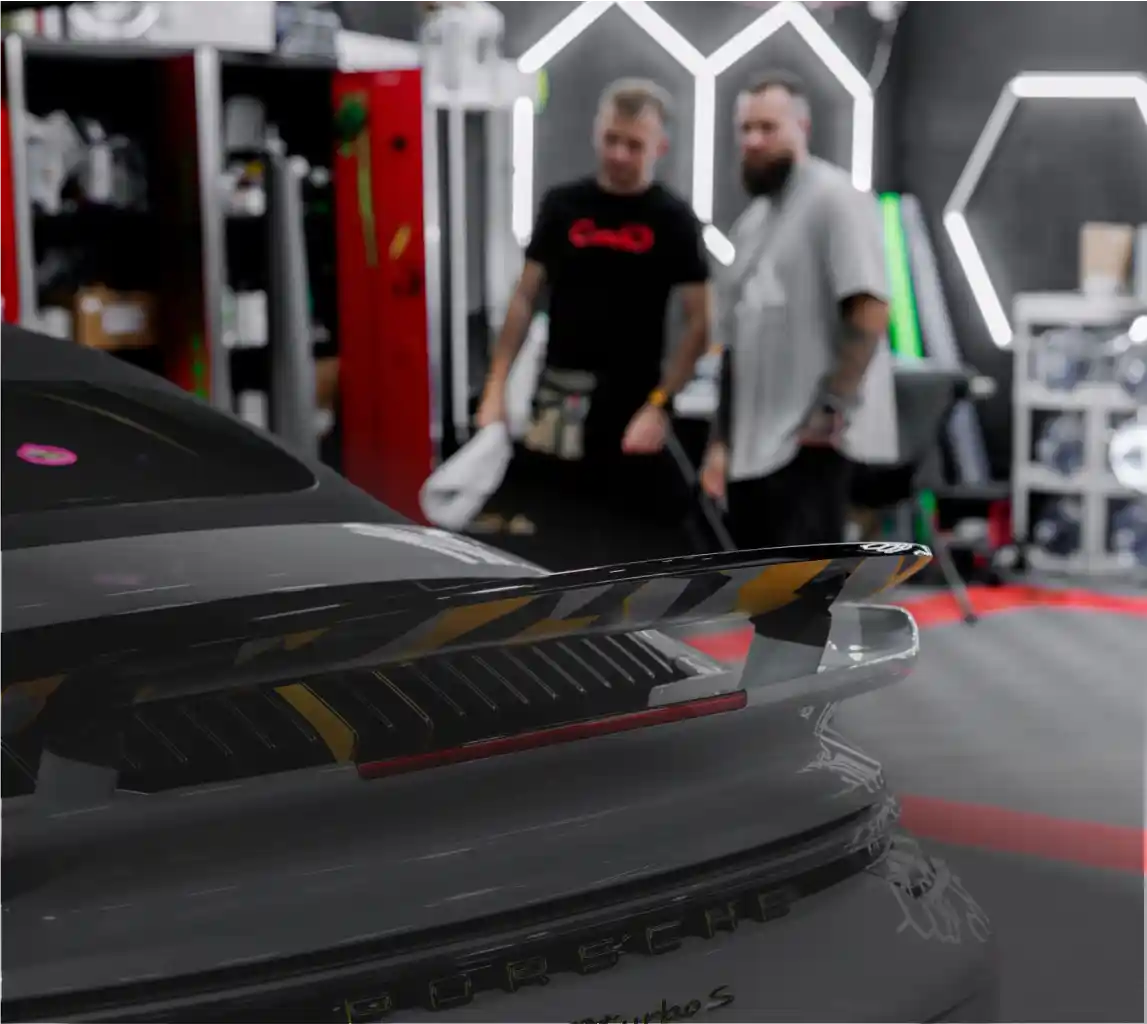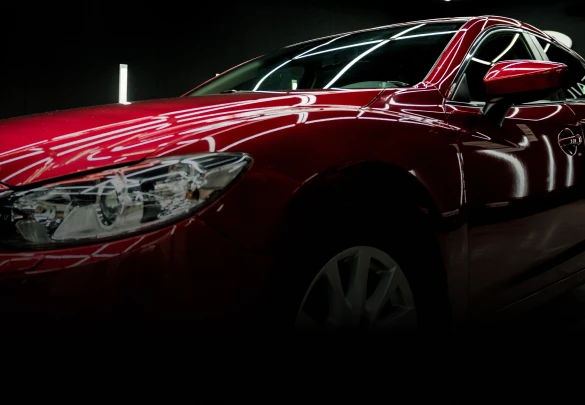Leave your car parked in the Florida sun for 20 minutes and you know what happens. The steering wheel burns your hands. The seats feel like they'll melt through your clothes. Your dashboard keeps fading, month after month. This is just part of owning a car here.
But does window tint actually fix these problems? The short answer is yes, but only if you understand what type you're getting. Quality film does more than darken your windows. It blocks the heat and UV rays that cook your interior and fade everything inside your car.
What Actually Happens When Sun Hits Your Car
Sunlight brings three types of energy into your vehicle. Visible light is what you see. UV rays age your skin and fade materials. Infrared radiation creates heat. Basic tinted film blocks some visible light, which helps with glare but barely touches the temperature. Ceramic films block all three.
Here's the thing about interior protection: cheap dyed films might darken your windows, but your leather seats will still crack and your dashboard will still warp. Ceramic films reject up to 80% of infrared heat and block over 99% of UV rays. Your seats, plastic trim, and upholstery last years longer because they're not baking all day.

Does Window Tint Keep Your Car Cooler?
An untinted car sitting in Florida sun reaches internal temperatures above 140°F. Ceramic window film drops that by 40-60 degrees. This happens because the film blocks infrared radiation before it gets inside, preventing heat buildup instead of just bouncing it around once it's already trapped in your cabin.
Your air conditioning doesn't have to work overtime. You use slightly less fuel. And you can actually grab your steering wheel without waiting five minutes. These aren't small improvements when you live somewhere this hot.

What Florida Law Actually Allows
Florida measures tint by visible light transmission (VLT), which is the percentage of light passing through your windows. The Florida window tint limit varies by vehicle type and which windows you're tinting.
Rules for Your Vehicle Type
Sedans must keep front side windows above 28% light transmission. Back windows can go darker. SUVs and trucks follow similar front window rules but have more flexibility in the back.
Windshields have the tightest restrictions. You can only tint a strip along the top edge where most windshields show an AS-1 line. Florida window tint regulations exist to maintain driver visibility and officer safety during traffic stops.
Medical Exceptions
Some medical conditions qualify you for darker front window tint. Lupus, severe photosensitivity, or melanoma history might get you an exemption. You'll need physician documentation and you have to keep it in your vehicle.

Comparing Film Types and Prices
Choose based on what matters to you: comfort, compliance, or cost.
Basic Dyed Films
Basic dyed films cost $150-250 for a sedan but need replacement in 3-5 years.
- Dark look and glare reduction
- Least heat rejection
- Fades sooner in Florida sun
Carbon Films
Carbon films run $300-500 and last longer.
- Better heat rejection than dyed
- No electronic interference
- Matte-style look some people prefer
Ceramic Films
Ceramic films start at $500-800 but perform better and last over 10 years.
- Top-tier heat rejection
- Blocks over 99% of UV rays
- Doesn't mess with electronics or signals
- When looking at the best window tint for Florida weather, think about what matters most. Privacy and glare reduction? Carbon films work fine. Heat rejection and interior preservation? Ceramic pays for itself through performance and longevity. Common ceramic options include 3M Crystalline, XPEL Prime XR Plus, and SunTek Carbon XP.
Why Installation Method Matters
DIY kits look cheaper but usually create bubbles, peeling, and gaps. You also risk getting pulled over for non-compliant tint since you're guessing at VLT percentages. Installers who do this regularly cut film to fit your windows exactly and know how to apply it without defects.
They also give you documentation proving your Florida car window tint meets state regulations. That paperwork matters when you get inspected or pulled over.

Long-Term Results and Value

Lower Heat. Protect Your Interior. Stay Legal.
You’re dealing with Florida sun, Florida heat, and Florida laws. Ceramic tint blocks heat, protects your skin and your interior, and keeps the car livable in August. Carbon and dyed films still improve comfort and privacy on a budget — as long as they're installed correctly and within legal limits.
If you’re done burning your hands on the steering wheel, the next step is choosing film type and getting it installed the right way so it lasts.








